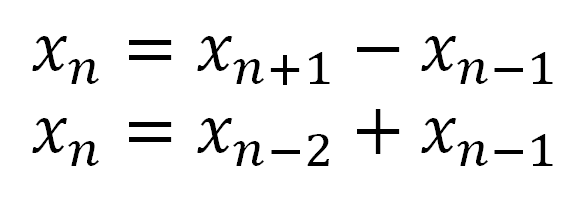MULTIPLICATION FACTS 0-12
When students learn multiplication, it starts out easy.
Too easy, as 0 times anything equals 0 (e.g. 0 x 8 = 0, while anything times 1 equals itself (e.g. 4 x 1 = 4).
But it doesn’t stay easy. Most students struggle to remember multiplication facts where one of the numbers is 6, 7, 8, or 9.
However, there are some tips to aid in memorization.
For one, mirror images don’t matter. The word for this is commutative.
This means 2 x 8 = 8 x 2, for example. Both equal 16.
So if you know 6 x 8 = 48, you also know that 8 x 6 = 48. You don’t need to memorize both.
One of the tricky multiplication facts is 7 x 8. But it’s easy if you remember the trick.
Remember 5678. These are 5 thru 8 in order. 56 = 7 x 8. Piece of cake, huh?
The 9’s are easy. The answer is one decade less than multiplying by 10, then make the two digits add up to 9.
For example, 9 x 7 is in the 60’s (because 10 x 7 = 70, one decade less is 60). It’s 63 since 6 + 3 = 9.
Another example is 5 x 9. It’s in the 40’s (one decade less than 5 x 10 = 50). It’s 45 since 4 + 5 = 9.
To do the trick, after you figure out the decade (by multiplying by 10 and then subtracting 10), subtract the tens digit from 9 to get the units digit.
For example, consider 9 x 6. Multiply 10 x 6 to get 60, and subtract 10 to make 50 (one decade less). Now subtract 5 (the tens digit of 50) from 9 to get 4. Therefore, 9 x 6 = 54.
Once you get the hang of it, this makes remembering the 9’s easy. Try out all the 9’s to get some practice.
If you’re good at doubling numbers quickly, try writing 6 as 2 x 3.
Then 6 x 7 = 2 x 3 x 7. If you know 3 x 7 = 21, double 21 to get 42.
Similarly, for 6 x 4 = 2 x 3 x 4, start with 3 x 4 = 12 and double 12 to make 24.
You can use the doubling trick for the 8’s, too. Just double the number 3 times.
For example, consider 5 x 8. Double 5 three times: 10, 20, 40. So 5 x 8 = 40.
Try 8 x 6. Double 6 three times: 12, 24, 48. Therefore, 8 x 6 = 48.
It works with the 4’s, also. Just double twice.
With 4 x 9, double 9 twice: 18, 36. So 4 x 9 = 36.
That leaves 7 x 7 = 49. You should know 7 x 9 from the 9’s trick.
You can make 7 x 6 and 7 x 8 from the doubling tricks. (The latter you can also know from the 5678 trick.)
5 and under are easier. So to complete the 7’s, you really just need to memorize 7 x 7 = 49.
This covers the 6 thru 9’s, which tend to be the trickier multiplication facts.
The 10’s and 11’s are easy. For the 10’s, just add a zero, as in 8 x 10 = 80 or 6 x 10 = 60.
For the 11’s, with 1 thru 9 just double the digits, like 3 x 11 =33 or 11 x 8 = 88. Get 11 x 10 = 110 from the 10’s trick (add a zero). Then you just need to memorize that 11 x 11 = 121 to complete the 11’s.
You can get the 12’s by doubling the 6’s. For example, knowing that 6 x 5 = 30, you can find that 12 x 5 = 60 by doubling 6 x 5.
Do you know any other tips for remembering multiplication facts 0-12? If so, please share them in the comments.
CHRIS MCMULLEN, PH.D.
Copyright © 2015 Chris McMullen, author of the Improve Your Math Fluency series of math workbooks
- arithmetic facts
- multi-digit arithmetic
- long division with remainders
- fractions, decimals, and percents
- algebra and trigonometry














